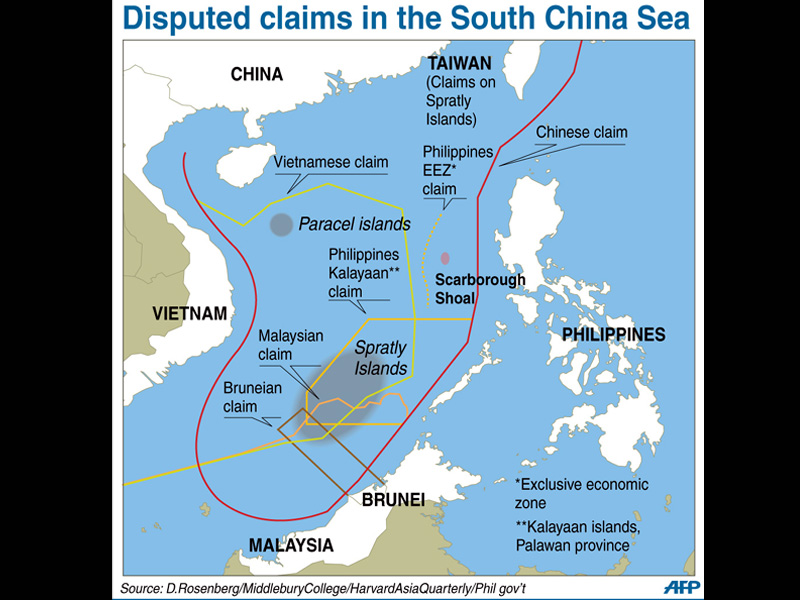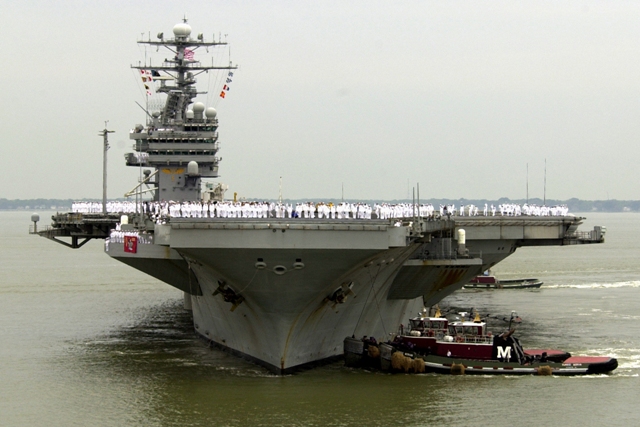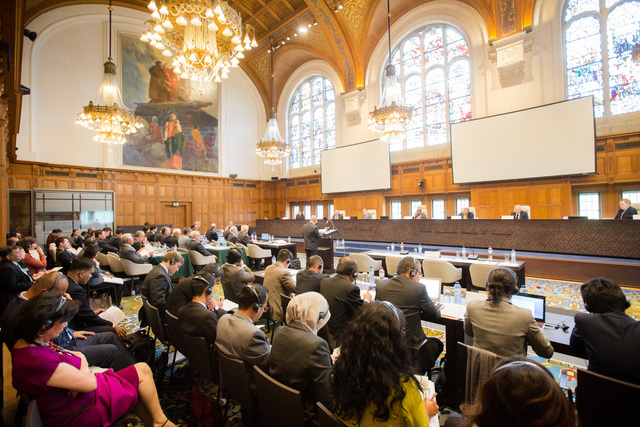The Arbitral Tribunal, as I wrote last Sunday, ruled on Oct. 29, 2015, that it had jurisdiction over the maritime dispute between the Philippines and China, and will decide the substantive issues early next year. But even if it wins “on the merit,” our country will still face at least two grim realities: enforcement and standoff.
Neither Itlos nor PCA. Before going any further, let me correct a glaring error. In the early days, the media reported that the International Tribunal for the Law of the Sea (or Itlos) based in Hamburg was hearing the case. Two weeks ago until yesterday, the media said it was the Permanent Court of Arbitration (or PCA) based in The Hague.
Well, it was neither. According to the Oct. 29 decision itself, the adjudicating body is an ad hoc (temporary) “Arbitral Tribunal Constituted Under Annex VII of the 1982 United Nations Convention on the Law of the Sea (Unclos).”
When a state signs, ratifies, or accedes to the Unclos, it must choose one of four tribunals to settle the disputes it brings: 1) the Itlos, 2) the International Court of Justice, 3) “an ad hoc arbitration (in accordance with Annex VII of Unclos),” or (4) a “special tribunal constituted for certain categories of disputes.” Since the Philippines did not choose any, it is deemed under Unclos to have chosen Item 3.
This Tribunal is constituted case by case and is composed of five members. Judge Rudiger Wolfrum, a German, was named by the Philippines. A second member was to be chosen by China. Since China opted not to participate, the president of Itlos—pursuant to the provisions of Unclos—appointed Judge Stanislaw Pawlak, a Pole.
Thereafter, the president of Itlos named three more—Judge Jean-Pierre Cot, a Frenchman; Prof. Alfred H. A. Soons, a Dutch; and Judge Thomas A. Mensah of Ghana, as the presiding arbitrator.
The PCA is not a “court.” However, it acted as the Tribunal’s “Registry,” the rough equivalent of the Office of the Clerk of Court of our Supreme Court. The PCA has acted as Registry in 11 out of 12 arbitration cases filed under Annex VII of Unclos.
Enforcement. The award on jurisdiction, dated Oct. 29, 2015, held that despite its nonparticipation, China “is bound by any award the Tribunal issues.”
However, the Tribunal has no power to enforce its awards. It does not have any sheriff, policeman, or soldier to compel obedience to its orders. Neither does the Philippines have the military, political and economic muscle to force China to obey the Tribunal.
In several e-mails, Mario E. Valderrama, a Filipino international arbitrator, explained that the “U.S., in a dispute with Nicaragua in the International Court of Justice, already did what China is doing—refuse to participate. And what China is expected to do—ignore the award—was already done by the U.S. which even refused to negotiate with the winner, Nicaragua. Being an ICJ case, there were possible mechanisms for enforcement, including recourse to the Security Council. None succeeded.”
Standoff. On the merit, the Philippines is essentially asking the Tribunal to invalidate China’s nine-dash line for being inconsistent with the Unclos, and to determine whether the disputed “maritime features” in the South China Sea are “islands, rocks, low-tide elevations or submerged banks,” regardless of who owns or occupies them.
Specifically, the Philippines is asking that Scarborough Shoal, and eight maritime features in the “Spratly Island Group” be declared mere “rocks or low-tide elevations or submerged banks” that do not generate any exclusive economic zones (EEZ) or continental shelf (CS).
A Philippine victory would allow our country to explore and develop the mineral, oil and other natural resources around and within these maritime features because they lie within 200 nautical miles from the coasts of Zambales and Palawan, respectively, that, under the Unclos, are unquestionably entitled to an EEZ or CS.
On the other hand, China maintains that, historically, these features fall inside its nine-dash line. Hence, it claims “unquestioned” ownership and sovereignty over them, thereby justifying its construction of lighthouses, buildings and airports on some of them.
In short, the standoff would be between the Tribunal’s award of maritime entitlements to the Philippines and China’s unresolved claim of ownership over these features.
What now? As the second largest economy in the world, China can use its economic tentacles to secure international support for its claims. Its military is far, far superior than ours. As a permanent member of the United Nations Security Council, it can veto any enforcement measure. Truly, China possesses the economic, military and political clout to back its claims.
Given these realities of enforcement and standoff, the Philippines—even assuming it wins on the merit—cannot rest on its legal laurels. It must continue to use diplomacy, negotiation, back-door channeling and other peaceful modes of settling disputes.
Will an on-the-merit win solve our maritime dispute? Or will it just incense China and complicate the problem further? Meanwhile, credit for opting to arbitrate goes to President Aquino, Foreign Secretary Albert F. del Rosario, Solicitor General Florin T. Hilbay (the official Philippine “agent”), our international counsels led by Paul S. Reichler, who interestingly was Nicaragua’s lawyer in that battle with the United States, and to several advisers of our legal team, notably Justices Antonio T. Carpio and Francis H. Jardeleza.
* * *
Comments to chiefjusticepanganiban@hotmail.com
source: Philippine Daily Inquirer




